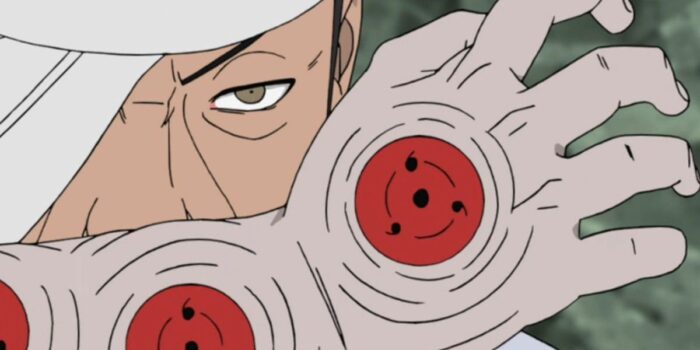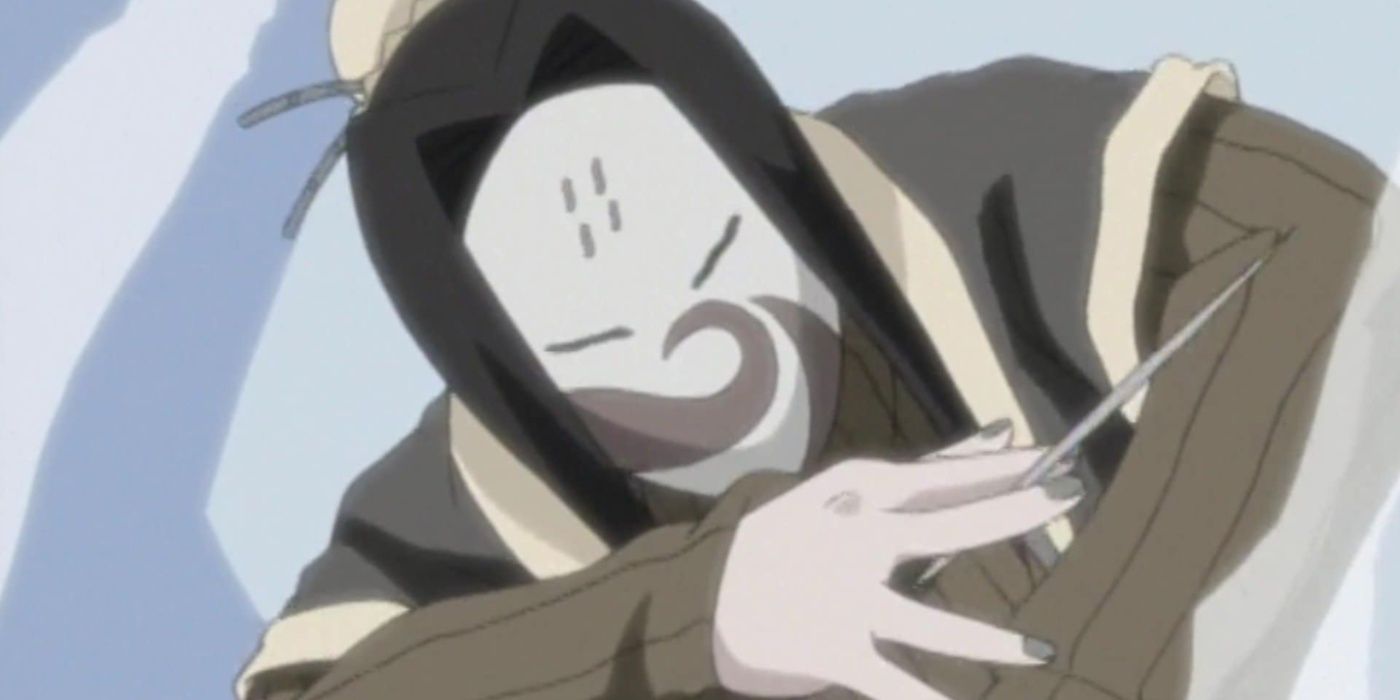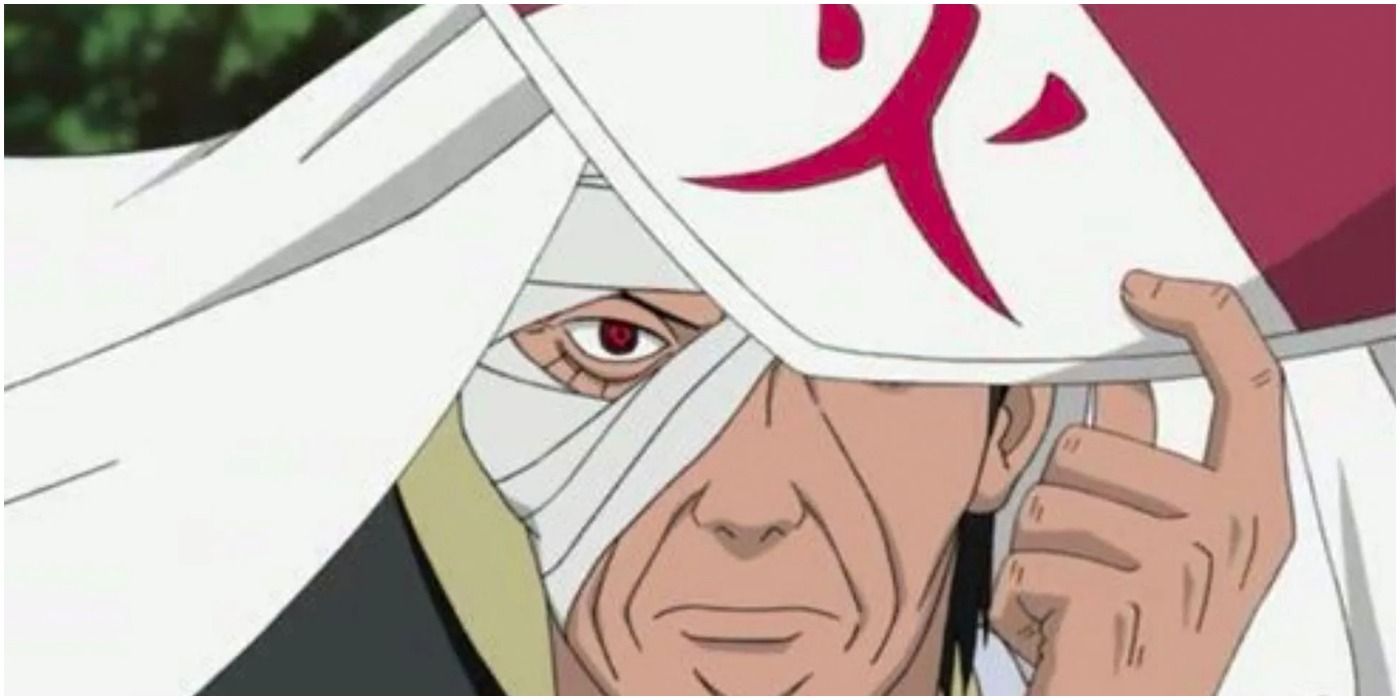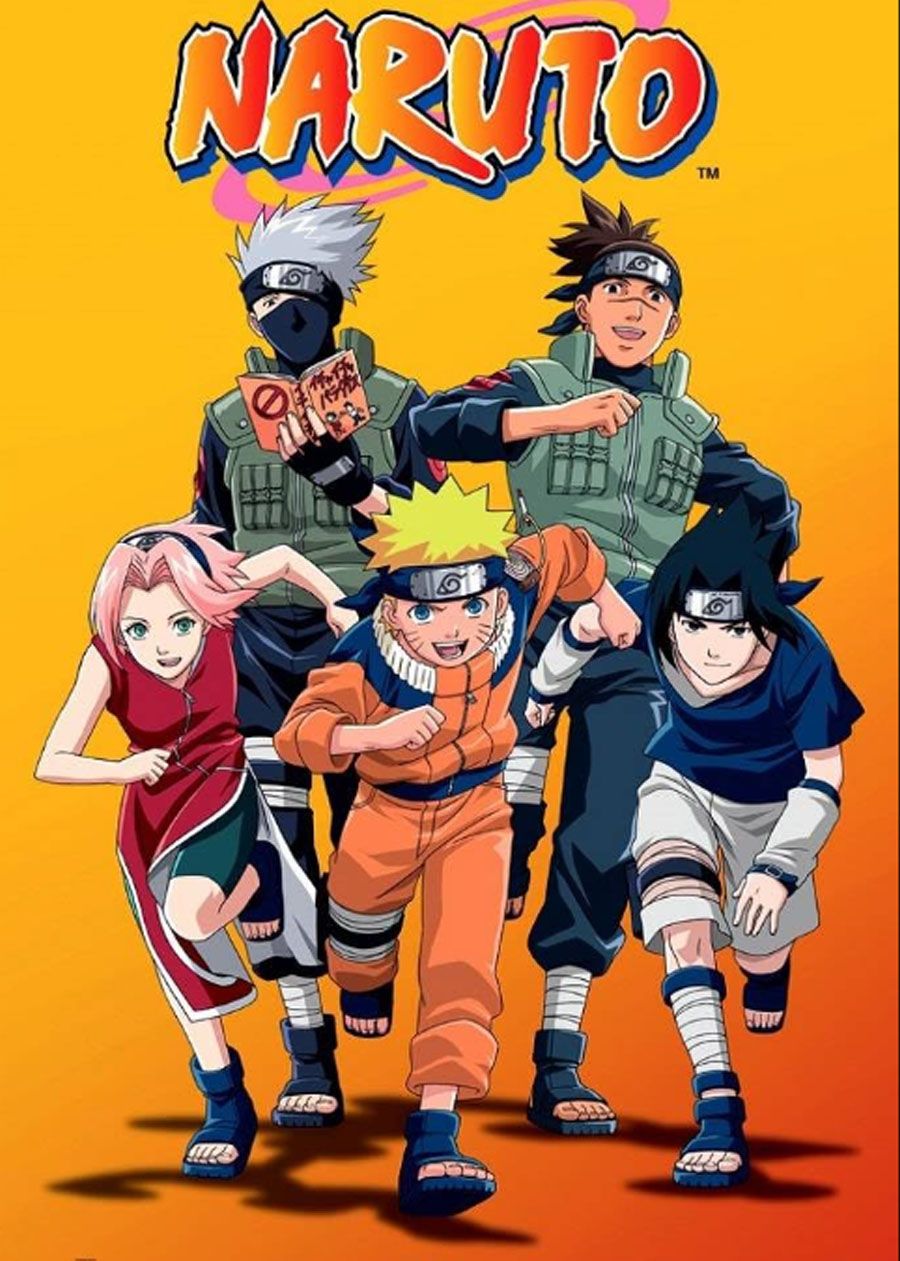Naruto is a timeless shōnen treasure. It is one of the most popular and influential anime and manga of all-time. Some contributing factors to its success are its storyline, dimensional characters and boundless action that Masashi Kishimoto crafted, which keeps new and returning fans engaged. Friendship, sacrifice and personal development are prominent themes in Naruto, and fans can find a sense of comfort in the series or feel inspired by witnessing the unwavering determination of the characters.
Naruto has touched the hearts of many individuals around the globe. The comedy and stirring moments can brighten up the anime’s mood, but the saddening reality of Naruto is that beyond the careless smiles of ninjas lies perpetual suffering, a traumatic upbringing or an ominous motive. The characters may conceal these things with humor, deception or detachment but these things leak through in things like their appearance, voice or mannerisms. The optimistic storytelling can make it easy to overlook the fact that Naruto is one of the darkest anime out there.
Naruto’s Depressive Mood Is Better Expressed in The Anime
Naruto isn’t typically registered as being a dark anime. In fact, it is severely underlooked when it comes to this genre. People most commonly associate it with anime like The Promised Neverland, Attack on Titan and Tokyo Ghoul which primarily have gloomy visuals and storytelling. Naruto’s lightheartedness and comedy, in conjunction with the vibrant visuals and melodies used in its anime are misleading. While Naruto’s anime does have some feel-good moments, it is very dark at its core, and it only gets darker as the series progresses.
Naruto is arguably more buoyant than Naruto Shippuden. The reason for this is that the animators were steadily setting fans up for all the intense moments in Shippuden, which was continuously progressing towards tragedy. The contrast between cheerful scenes with bright colors and upbeat music was necessary, so fans could feel the impact of somber scenes that had a mood so dreadful that the smiles of characters no longer felt sincere. The possibility of tragedy was established at the beginning of the show, but the extent to which it was done was unprecedented.
The Twisted Reality of Shinobi Was Depicted Early on
The world of Naruto isn’t that far removed from reality. Shinobi, or ninja, act as a military, and are heavily involved with their local and allied community. Some of their missions are minor, such as recovering missing animals, while others are vital, such as recovering or assassinating rogue shinobi. In order to protect themselves and their country, shinobi have to fight, and even kill other shinobi. Further, they solve major conflicts by means of war like countries in the real world. Children were faced with harsh realities, such as Sasuke Uchiha who was severely traumatized due to being the sole survivor of his older brother’s genocide of their entire clan, Zabuza Momochi who was forced to murder his classmates as part of his village’s graduation requirement, and Gaara who became evil due to the heavy burden of hosting a demon inside his body— he was even suicidal as a child, but his sand shield prevented him from succeding.
Shinobi live in a world where they are faced with some degree of violence and death on a semi-regular basis. Shinobi are encouraged to fight each other, and many of them are broken warriors who only live through their suffering to accomplish a goal they believe will take it away. Genocide, violence, horror and suffering were all prevalent throughout Naruto from the very beginning. However, viewers were shielded from these tragedies by the unyielding promise that was burning within Naruto Uzumaki, who was the series’ naive and optimistic protagonist. Even though Naruto was suffering, he chose to believe in himself and a harmonious world. As such, his positivity was extended to the viewers. Naruto’s personality, in conjunction with the comedy, filler episodes, uplifting melodies and the anime’s vibrance served as major distractions from heavy themes such as death, abuse and suicide.
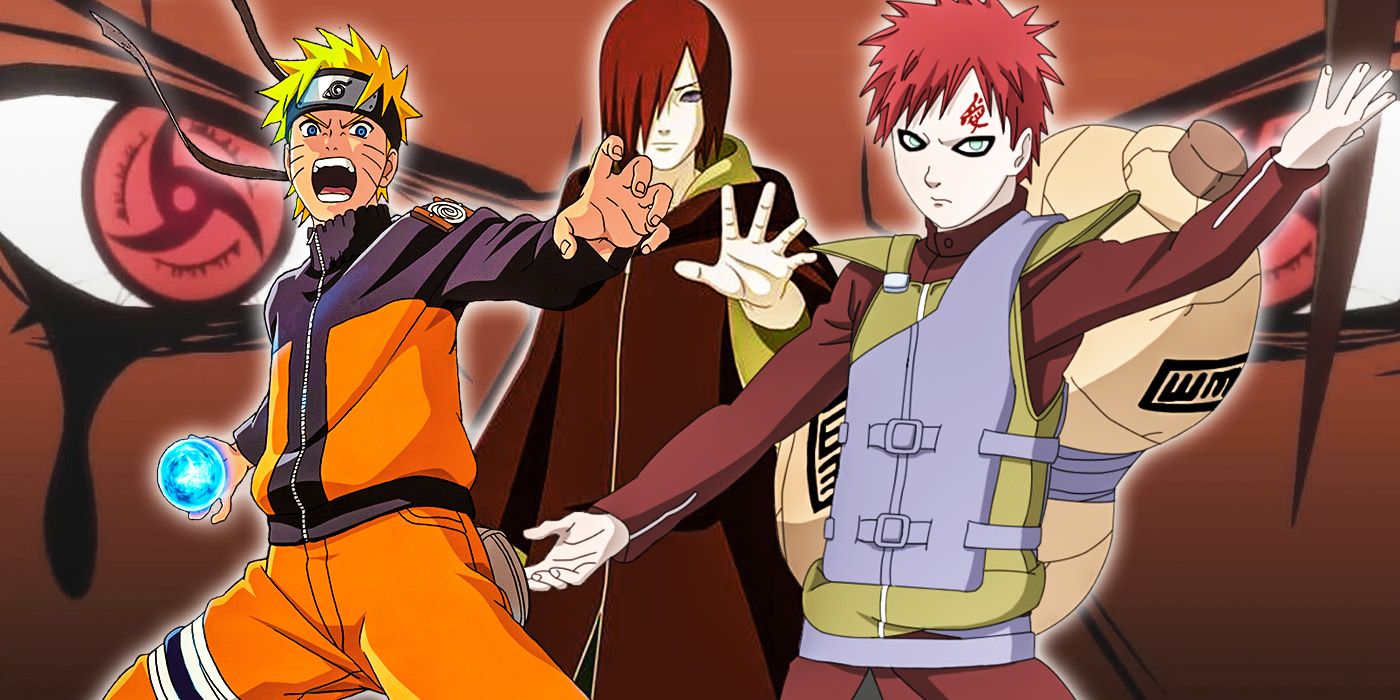
Related
10 Naruto Characters Who Suffered the Most, Ranked
While the Naruto franchise has hopeful undertones, many of the characters struggled before reaching a more peaceful life.
It wasn’t until Naruto Shippuden that the weight of these oppressive themes was truly felt. Even Naruto was outwardly expressing his suffering. Naruto’s mood drastically shifted following Saskue’s descent into madness and the time-skip. The anime’s mood shifted from carefree to serious, the visuals became gloomier, the opening songs were highly evocative and the younger characters’ personalities were altered as they matured in a chaotic world. The voice actors, artists and animators expressed Naruto’s tonal shift in a way that only the anime could convey.
Naruto Spawned Some of Anime’s Greatest Villains
There is a lot of suffering in the world of shinobi, and it is either being administered or received. While many shinobi are suffering, some are causing it to satiate their own ambitions. However, this doesn’t mean that those who become villains aren’t suffering to some degree. A significant detail in Naruto is that characters can become a shinobi at a very young age. Prolonged exposure to war at a young age means there is an increased risk of shinobi becoming traumatized and adopting a warped sense of reality that can lead to them committing crimes.
The circumstances in which Naruto’s villains were cultivated is a contributing factor to why they are so well-received. None of them lack substance, which is why there is hardly ever a discussion about the most iconic anime villains, among anime fans, without mentioning at least one of Naruto‘s villains. Characters such as Orochimaru, Madara Uchiha and Pain are frequently acclaimed as being the greatest.
Pain Wanted to Share His Suffering With the World
Pain, or Nagato, is one of the most popular and beloved villains in Naruto, and he made a huge impact on events in the series. He grew up in the hidden rain village which was frequently used as a battleground for the Five Great Shinobi Nations. Each time they came and ravaged the hidden rain village, it ensued the suffering of those living there, including Pain and his two friends, Yahiko and Konan. The three of them were found by the Legendary Sannin and Jiraya decided to take them under his wing, teaching them the ninja arts so that they could defend themselves from future threats. Yahiko, Pain and Konan went on to create a noble organization called the Akatsuki, which would be used to mend the effects of wars.
Eventually, Pain and his friends were ambushed by the hidden rain village’s dictator, Hanzo, who presented the three with a harsh ultimatum. Pain was either to kill Yahiko or watch Konan die. He refused to do either, but Yahiko decided to commit suicide to protect his friends. The accumulation of the suffering Pain was subjected to, including the death of Yahiko, led to Pain’s indifference and resolve to create a peaceful world by inflicting suffering on everyone else. He held the philosophy that only those who understand true suffering could understand peace.
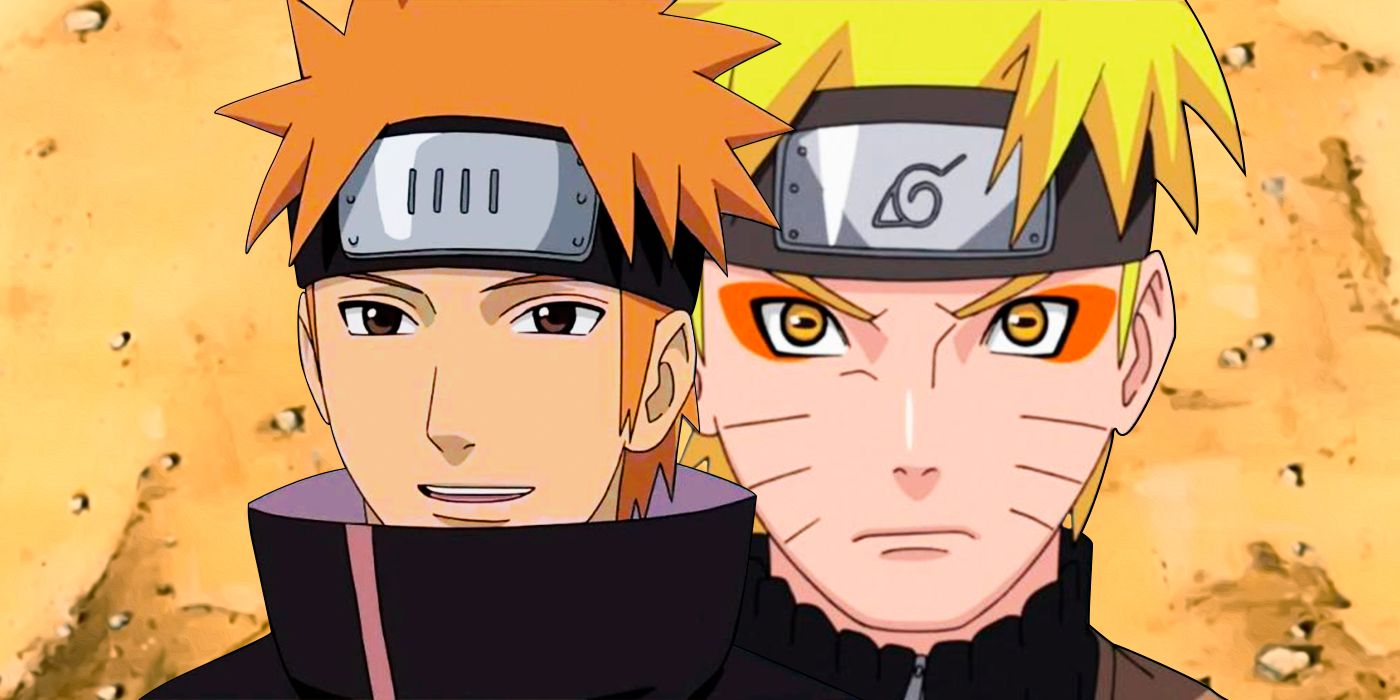
Related
10 Reasons Why Pain From Naruto is The Best Villain
The Six Paths of Pain raised the stakes and tension with extreme force, and gave Naruto one of the anime’s best villains.
The agenda of the Akatsuki shifted under the influence of Obito Uchiha, and it became a formidable organization full of criminals that resolved to wreak havoc on the rest of the world in order to wake them up. Pain murdered countless people, including his own sensei, Jiraiya, because their ideals clashed. The Akatsuki kidnapped and killed multiple jinchūriki hosts in order to harvest the power of the tailed beasts within them, which he was planning on using to create bombs powerful enough to eradicate entire villages. Further, he obliterated the leaf village and murdered its inhabitants, including Kakashi Hatake. Pain would’ve followed his plan to the end, but Naruto changed his perspective. This caused him to sacrifice himself in order to restore the lives he stole from the leaf villagers.
Obito Had Warped Moral Distinctions
Obito is one of the most notorious and influential characters in Naruto. He was an enigma who paraded around under different aliases, namely Tobi and Madara. Not much was known about his true identity in the beginning, but it was eventually revealed that he was one of the leaf’s most beloved shinobi and had a shocking agenda. It was commonly believed that Obito was killed after being crushed by a boulder while he was on a mission to rescue his best friend, Rin Nohara, but in actuality he was saved by Madara. During the period of time Obito spent with Madara while he was healing, he learned of Madara’s plan to trap everyone in the infinite tsukuyomi but he disagreed with it.
Madara wanted Obito on his side, so he secretly had a tailed beast sealed inside of Rin and had her branded with a curse tag that was programmed to unleash the tailed beast on the leaf village upon her and Kakashi’s return. Additionally, Madara sent hidden mist shinobi after them. Rin was wise enough to realize she couldn’t return to the village, and committed suicide upon Kakashi’s chidori, or lightening blade, just as he was about to use it to attack the mist shinobi. Madara let Obito leave his hideout to save Kakashi and Rin, and he arrived just in time to witness what appeared to be Rin’s murder. Obito was enraged by Rin’s death and awakened his mangekyou sharingan, then went on a rampage, killing all the mist shinobi.
Rin’s death triggered Obito’s descent into madness, and he decided to work under Madara in order to help him accomplish the Eye Of the Moon Plan. His goal was to create a peaceful world and be reunited with Rin. Obito was responsible for many tragedies in Naruto such as attacking the leaf village with the Nine-Tailed Fox, which led to the death of his former sensei Minato Uzumaki, who is Naruto’s father, as well as Naruto’s mother and many other villagers. Further, he turned the Akatsuki into a criminal organization, mercilessly slaughtered the Uchiha clan alongside Itachi Uchiha, and started the Fourth Great Shinobi War. In the end, he did sacrifice himself to protect Kakashi, but he recognized that he was beyond redemption.
Danzō was the Catalyst for Most of the Tragedies in Naruto
Danzō Shimura is arguably one of the most heinous villains in Naruto, and his actions contributed to his status as one of the most hated characters. Danzō orchestrated many of the unfortunate events in the series, under the pretense that it was for the welfare of the leaf village. His actions were directly responsible for the creation of some of Naruto’s other notable antagonists such as Pain, Kabuto Yakushi and Sasuke.
Growing up in the shinobi world, Danzō brushed palms with death and fought in wars at a young age. In the past he watched his rival, and comrade, Hiruzen Sarutobi bravely offer himself as a sacrifice and be rewarded with the title of Hokage, or leader of the leaf village, as a result of his actions. Danzō felt like that moment was stolen from him, and became obsessed with the idea of becoming Hokage, even through unethical means. Danzō claimed that his actions were to protect the village, but he was severely misguided. In many cases, his decisions were selfish and ended up harming the leaf.
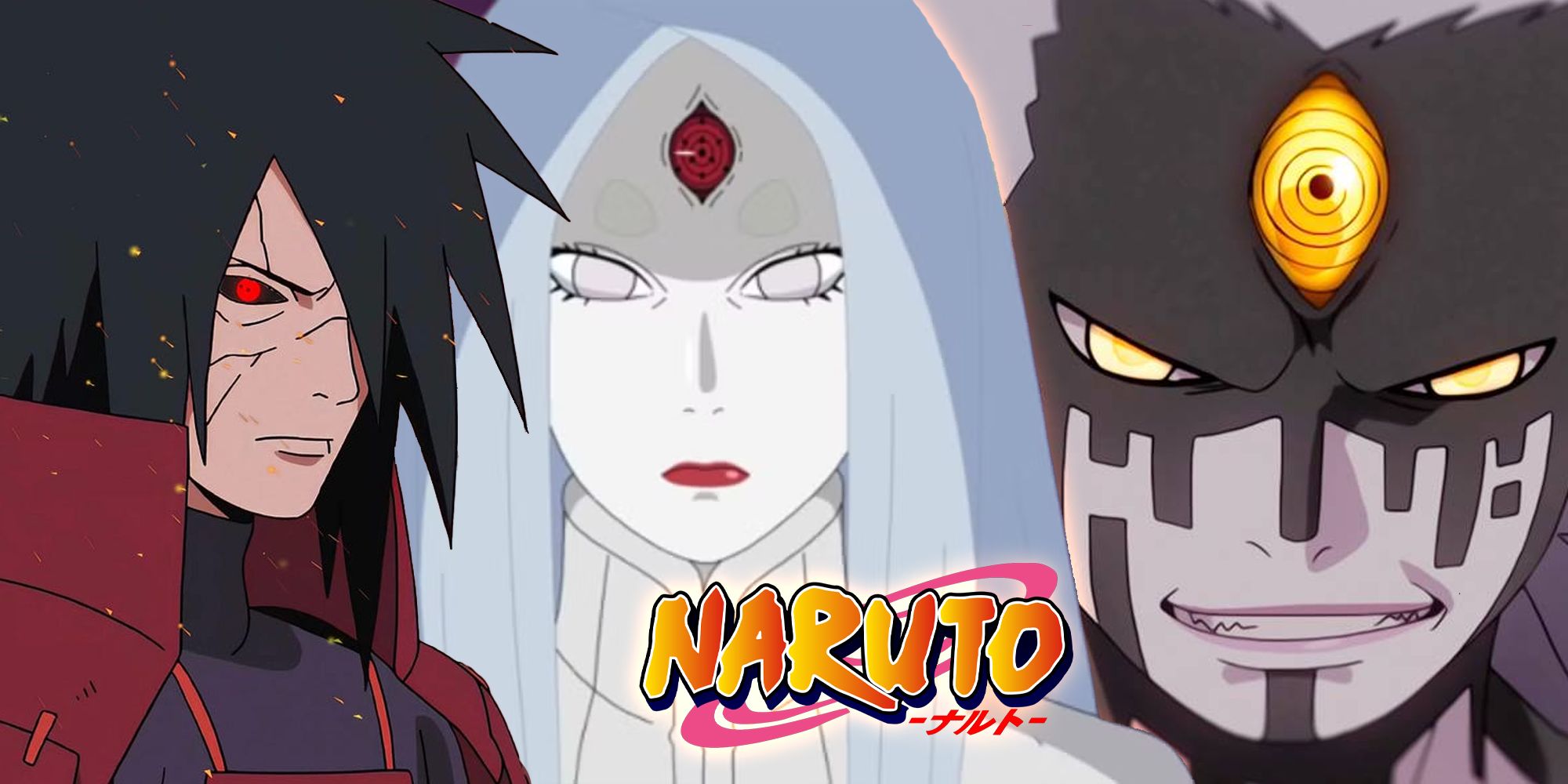
Related
These Naruto Villains Divided the Fandom
The Otsutsuki Clan are some of the most powerful villains in the Naruto franchise, but power isn’t everything. Sometimes, nuance is more important.
Danzō had a fear of death that he buried with the delusion he needed to stay alive because the shinobi world would fall if he died. To ensure his survival, he consistently sought more power. This became more apparent to others during the Five Kage Summit after Danzō became the unofficial Hokage and manipulated Mifune using his stolen ability in an attempt to assume authority over all of the kage, the leaders of the Five Great Shinobi Nations. The dangerous combination of his will to live, thirst for power and nationalism led to many tragic events.
Danzo’s Exploits Bled Into Every Corner of Naruto’s Ninja World
|
Danzō’s Legacy |
Significance |
|---|---|
|
Founded the Root Organization |
The Root was a covert organization that handled the leaf’s intelligence and neutralized threats. Danzō raised the children he obtained as pairs of siblings, then forced them to have death matches. He also subjected them to invasive procedures such as brainwashing and curse marks. |
|
Rebranding of the Akatsuki |
Danzō prevented peace between the Hidden Stone and Rain village, then manipulated Hanzō into attacking the original Akatsuki which led to the creation of Pain and the criminal version of the Akatsuki. |
|
Kabuto’s villainous origin |
Danzō brainwashed and manipulated Nonō, Kabuto’s foster mother, and Kabuto into attacking each other, which led to Nonō’s death. Kabuto was vulnerable and became Orochimaru’s henchman, then eventually one of the biggest threats to shinobi. |
|
The Uchiha Massacre |
Danzō convinced The Third Hokage to oppress the Uchiha, which led to the Uchiha coup d’état plan. He discouraged peaceful negotiations with the Uchiha and ruthlessly stole Shisui Uchiha’s eye to obtain his sharingan and prevent a peaceful resolution. Further, he manipulated Itachi into killing his clan. This led to Sasuke’s suffering and him becoming a huge threat to the leaf village and the world. |
|
Stole Senju DNA and Uchiha eyes |
Orochimaru made modifications to Danzō’s replacement arm, which belonged to an Uchiha, filling it with Senju cells and the deceased Uchiha’s eyes. Danzō did this in order to extend his life and obtain greater power. He later used these abilities to influence others and gain an advantage in battles. |
|
Manipulated Kakashi |
Danzō approached Kakashi while he was grieving in order to make him join the Root. He later tried to steal Kakashi’s sharingan by using another root member. |
|
Tried to assassinate the Third Hokage |
Danzō sent root members to kill Hiruzen, but Kakashi thwarted his plan. |
|
Betrayed Orochimaru |
Danzō tried to have Orochimaru kidnapped out of fear, despite their history. |
|
Pain destroyed the leaf village |
Danzō’s actions caused Pain to destroy the leaf village, and he didn’t assist the villagers during Pain’s attack. He and his organization hid during the chaos, then he emerged afterward to assume the position of Hokage. |
Danzō’s character represents issues with extremism and nationalism. He believed that he could lead his village to glory, but he was too self-absorbed to realize he had become cancerous to the very village he wanted to protect, inadvertently thwarting his own goal. Danzō was a coward who conquered his fear of death by committing suicide in a failed attempt to kill Sasuke and Obito in order to protect the leaf village and the shinobi world.
While he lived, his actions were quietly enabled by Hiruzen and Lady Tsunade, the Hokages of the leaf village, and even after his death, there wasn’t any acknowledgment of his crimes from the leaf village. Much like the existence of his Root organization, Danzō’s secrets remained shrouded in darkness. However, he did face judgment from one of his victims at the hands of Sasuke.
Naruto is dark, but that’s part of the show’s charm. Some of the most popular characters are antagonists and this is because they are nuanced. While the actions of Obito, Pain and Danzō were undoubtedly inhumane, people are still able to empathize with them because of their tragic backgrounds that put them on the path to bringing peace to the corrupt shinobi world. Though their means of accomplishing that goal inspired a lot of suffering, it was the circumstances in which these characters were raised that ultimately led to their abnormal philosophies on achieving world peace.
Masashi Kishimoto explored heavy themes and morally depraved characters in a tactful way that allowed people to apprehend the order of these themes and characters from different perspectives, which leaves room for impartial assessments on crime and antagonists in Naruto. It adds an uncanny degree of realism to Naruto, an anime that is sometimes way too mature for its intended shōnen demographic.
